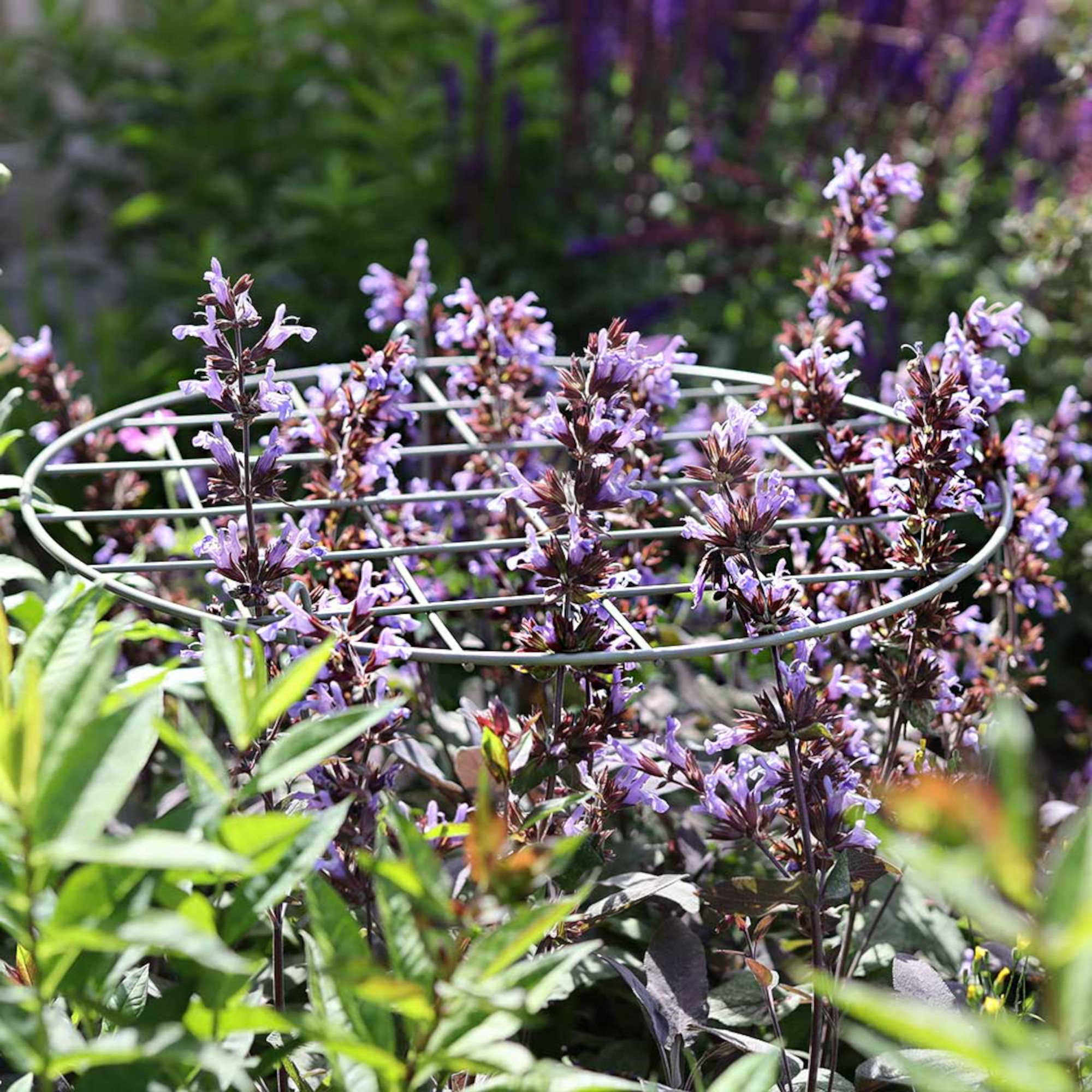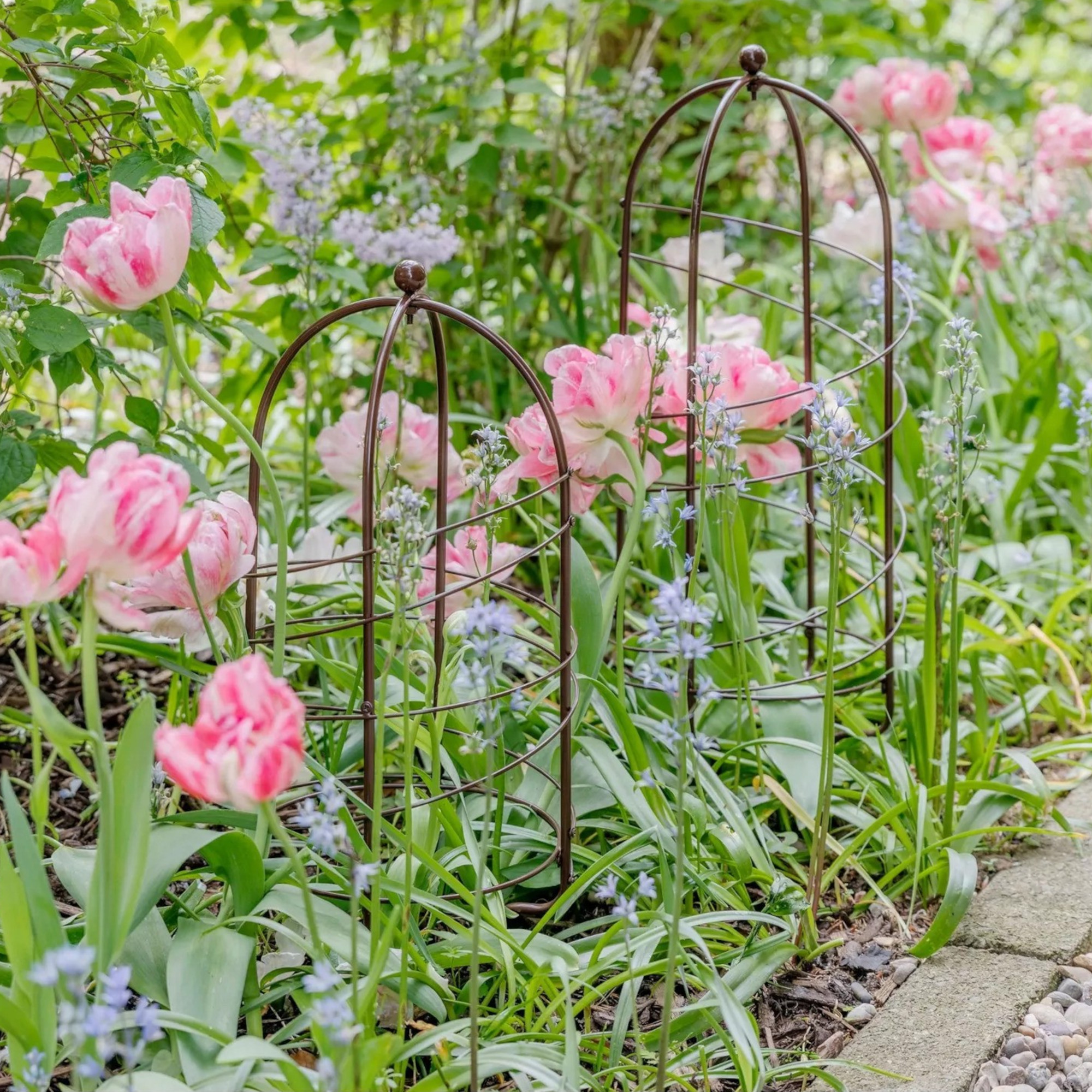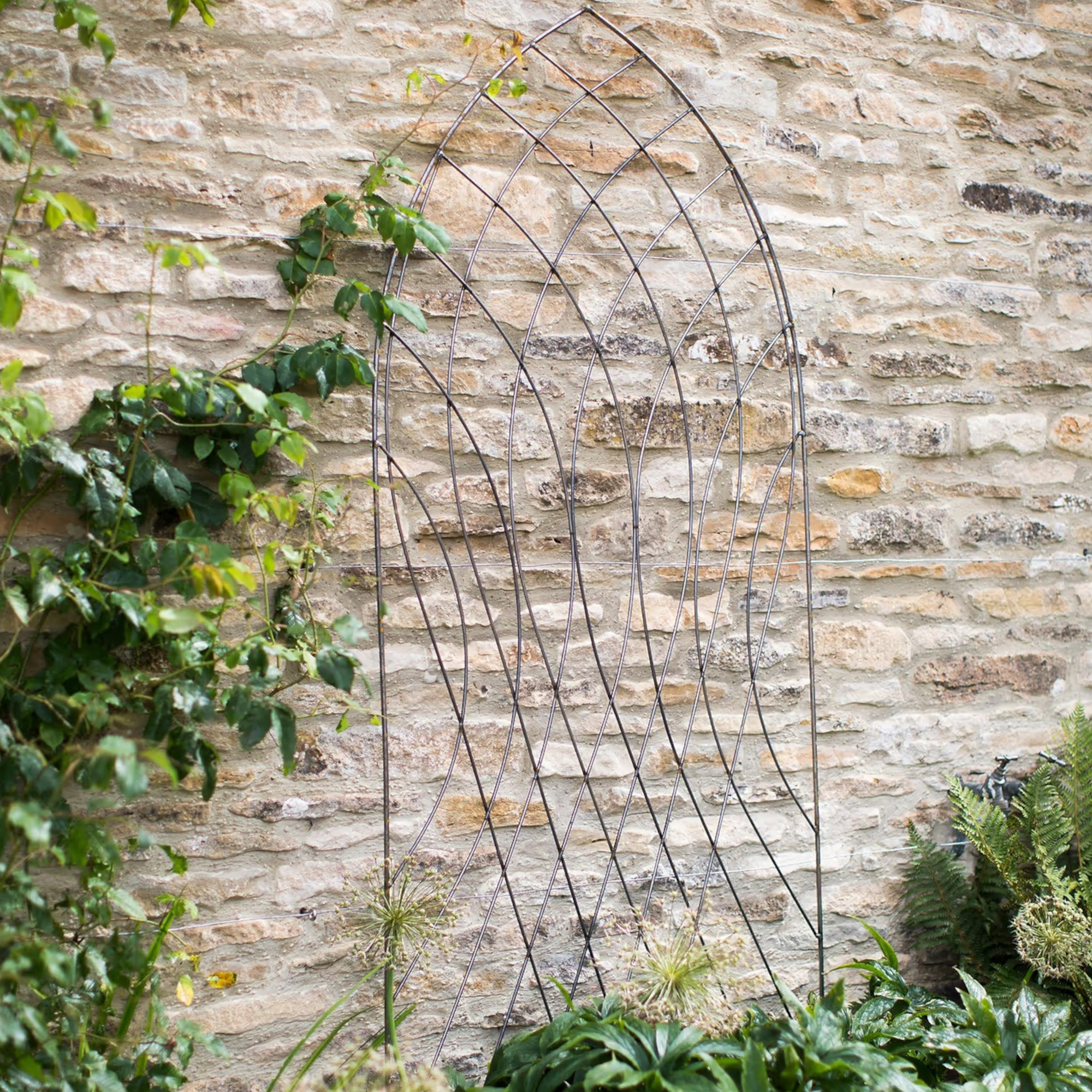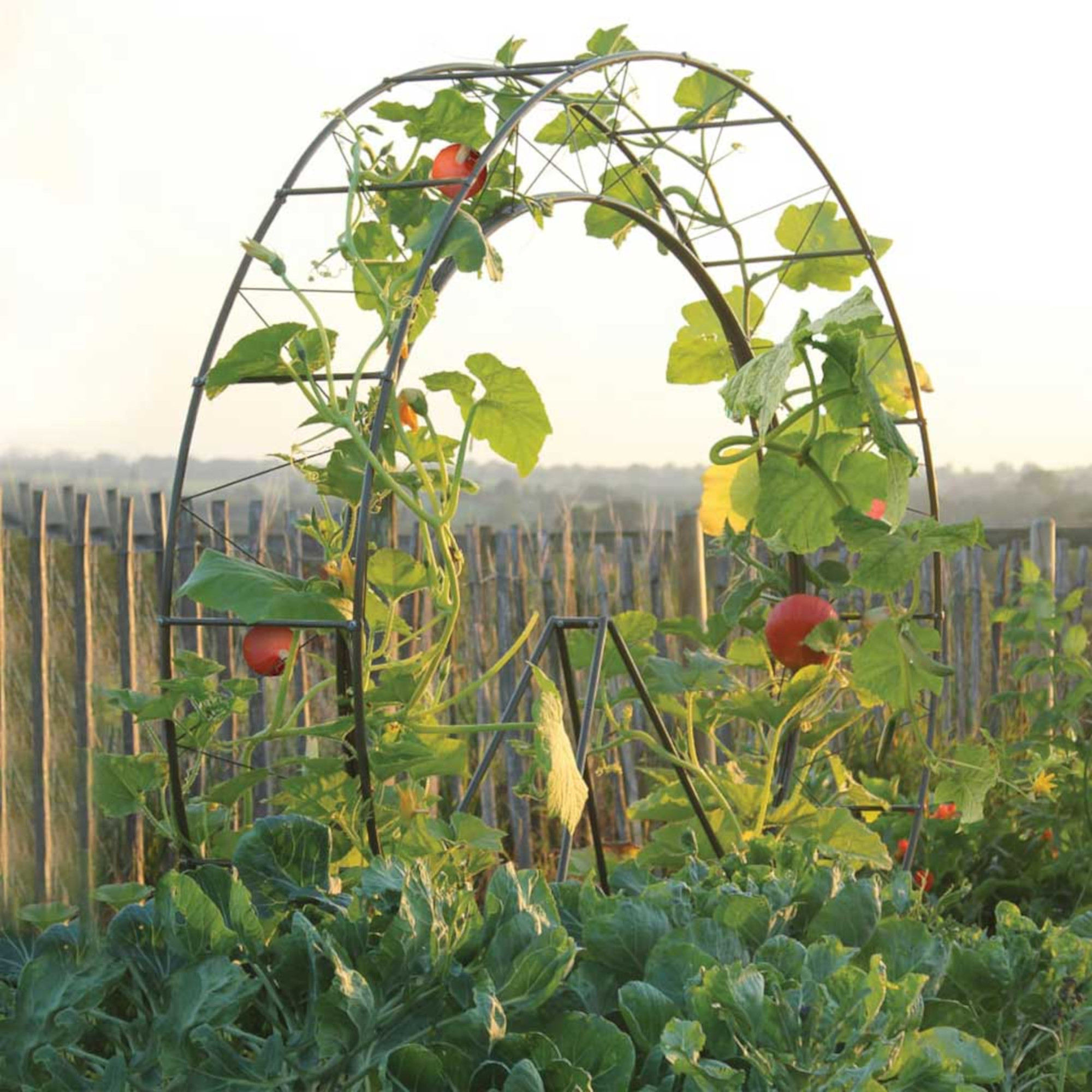I've scoured the internet for the best plant supports to keep my garden in shape - these stakes and obelisks will guarantee beautiful garden borders
One of the secrets to a beautiful garden border is not actually in the planting, the soil or the watering… It’s in the supports
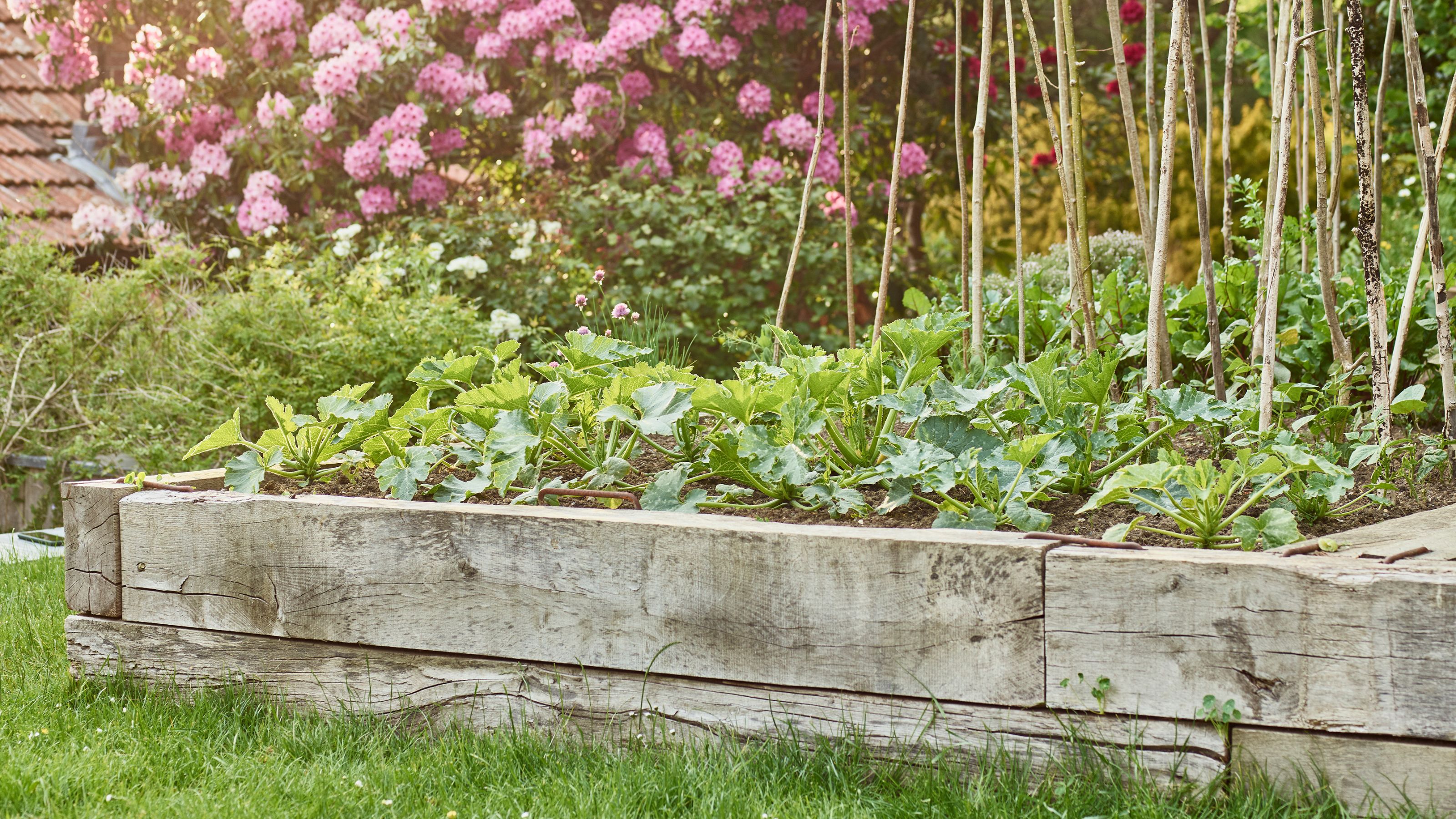
- The best plants supports for flowers that flop
- 1. Grow-through rings for floppy perennials
- 2. Netting or bamboo grids for cut flowers
- 3. Decorative supports for patio pots
- 4. Canes and string for just about anything
- The best plant supports for climbing plants
- 1. Vine eyes and wire for training roses up walls or fences
- 2. Obelisks and arches for border height and interest
- 3. Trellises for feature walls
- Best plant supports for fruit and vegetables
- 1. String for tomatoes
- 2. Cane structures for climbing vegetables
- 3. Arches for squashes and pumpkins

I have a city garden and an allotment where I grow fruit, veg and cut flowers, and without plant supports, we’d be looking at a hot, floppy mess by summer.
My army of canes, obelisks, string and stakes are the unsung heroes of my beds and borders; holding up would-be droopy peonies, allowing peas to climb sky-high and generally promoting healthier, happier plants with bigger, better harvests.
I’ve rounded up the best types of plant support every domestic garden needs, broken down into flowers that flop, climbing plants and fruit and vegetables. And as with all supports, the key is to get them in place before everything starts dramatically falling over itself.
That will make everything appear natural, rather than trying to fix the problem after they’ve slumped, which can create a rather awkward, straight-jacketed look.
The best plants supports for flowers that flop
1. Grow-through rings for floppy perennials
These Elegance Round Grow Through Frames from Agriframes are the plant supports I never knew existed, but now can’t ever live without.
They are the Wonderbras of the horticultural world. Ideal for top-heavy flowers like peonies and shorter dahlias, grow-through supports allow the plant to weave its way through the grid of its own accord, gently but firmly lifting blooms skyward. Plus, double bonus: the leaves often obscure the support itself.
2. Netting or bamboo grids for cut flowers
As with the grow-through option above, the ideal scenario is that your plants work their way through your support naturally. For cut flowers, buying individual supports just isn’t feasible, so you need to go big. For more lightweight blooms, like phlox or cornflowers, stake netting in place horizontally along your beds.
Sign up to our newsletter for style inspiration, real homes, project and garden advice and shopping know-how
Sarah Raven's natural jute netting, £16.95 is perfect. Be sure to stretch it taught and secure firmly, as I’ve had pigeons who love nothing more than perching on the twine and flattening the whole lot.
For the bigger guys, like dahlias and multi-headed sunflowers (Vanilla Ice variety, £1.49 from J. Parker's is a personal favourite), build a frame out of bamboo. This is exactly what I do on my allotment, and it works a treat, and once built, can be reused every year.
3. Decorative supports for patio pots
If you’re after small space garden ideas, a mini plant support or frame can elevate your container planting – literally – and give you so many more growing options.
I love these for dwarf sweet peas, 99p from Thompson & Morgan, which grow about 30-45cm tall. Ivyline’s Outdoor Pot Plant Support, £34.99 from John Lewis, is just the thing for the job.
4. Canes and string for just about anything

When your plant needs gentle encouragement to stay upright (and not something to train itself against), bamboo and jute string will often do the job. For single-stemmed plants like sunflowers, tying them to a well-placed cane, like these Verve bamboo canes, £6.50 from B&Q, can be all you need.
For multi-stemmed varieties like delphiniums and sweet rocket, and even dahlias, place three to four canes around the plant, angling outwards. Tie string around each one to create a loop around the plant to hold the stems in place.
The best plant supports for climbing plants
1. Vine eyes and wire for training roses up walls or fences
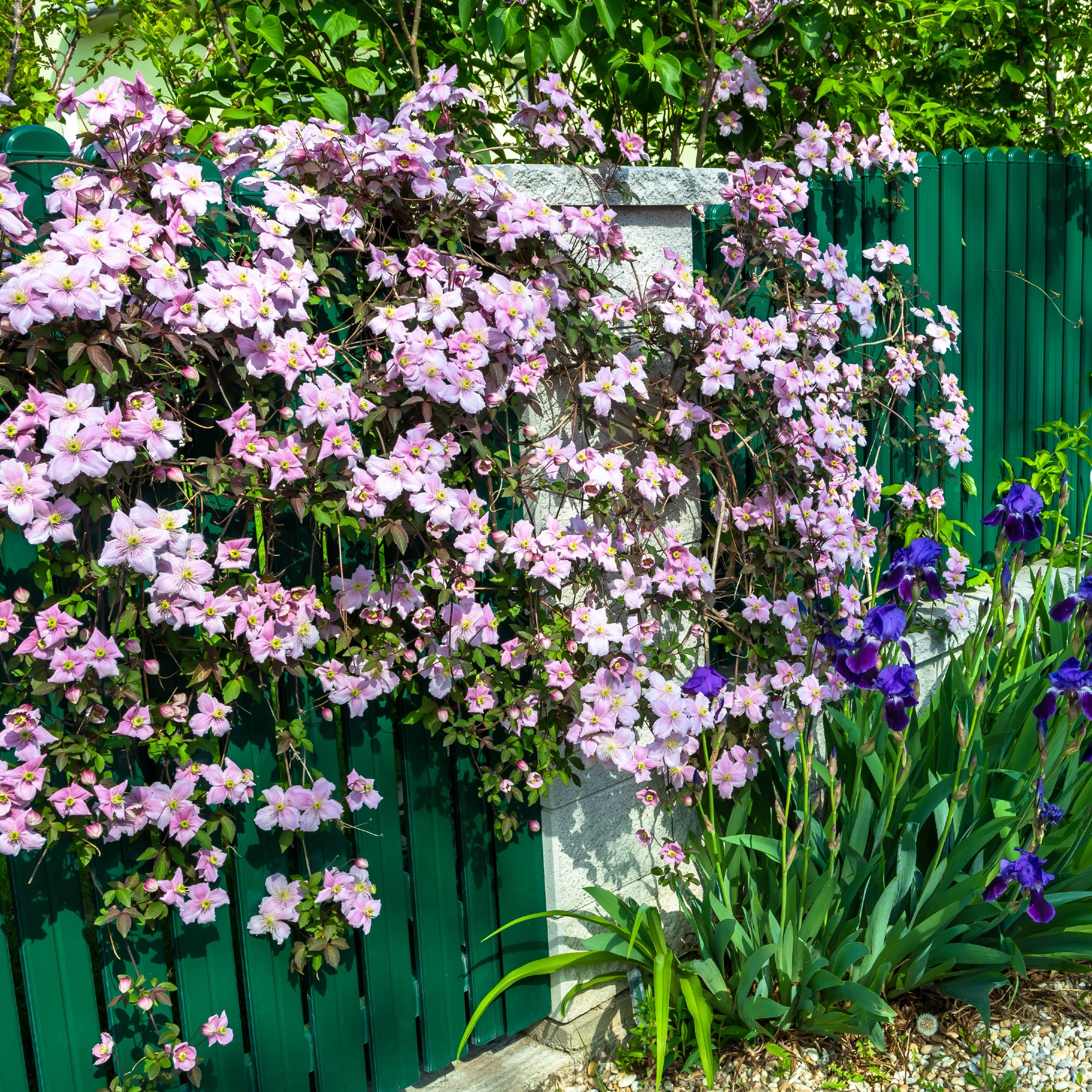
I planted three climbing roses growing along my garden fence, and it’s one of the best things I did when I moved into our house two years ago. They soften the expanse of painted-black wood and create a beautiful aromatic wall of flowers. And with careful tying-in and knowing when to prune climbing roses, the structure is still beautiful in the winter months, too.
Vine eyes and galvanised wire are the best way to do this, as you create a series of horizontal supports that are bespoke to your plant, allowing you to train the stems in a fan shape to encourage more flowers from the new side shoots that appear. This vine eyes and wire kit, £13.85 from Practicool on Amazon, is a great way to get started.
First, think about the width and height you’d like the plant to cover eventually, then start marking out where the wires should go. You want the first one about 60cm above the soil, then each additional wire is spaced 30 to 45cm above that. A good rule of thumb is to use vine eyes every 1.5m to keep the wire in place, and these should be secured firmly to the wall or fence.
2. Obelisks and arches for border height and interest
Obelisks and arches don’t just support – they steal the show. These are features in their own right. I have two steel obelisks in my garden that support a climbing rose and clematis, and yes, they are an investment, but they add such presence to your borders, especially if you’re lacking in trees or tall shrubs. I love this Small Round Obelisk, £44 from Hayloft; at 1.15m tall, it will fit seamlessly into any-sized garden.
Dramatic structures are also perfect for climbing annuals like sweet peas, cup and saucer vines and black eyed Susan, too. (Pro tip: you can combine annuals with perennials on your obelisks for multi-coloured displays!)
3. Trellises for feature walls
Trellis is ideal for a more permanent structure and works for anything that climbs, be it cucumbers or hydrangeas – yes, you can get climbing hydrangeas! And they don’t need to be boring, either. Try this Barrington Arch Trellis, £70 from Garden Trading, which has a beautiful criss-cross detail and combines beautifully with bare brick.
In my garden, I also have a trellis along the top of a fence where I have trained an incredibly vigorous clematis, plus a honeysuckle and climbing rose. It’s one of those great privacy-boosting garden ideas that adds beautiful colour and scent, too.
Best plant supports for fruit and vegetables
1. String for tomatoes
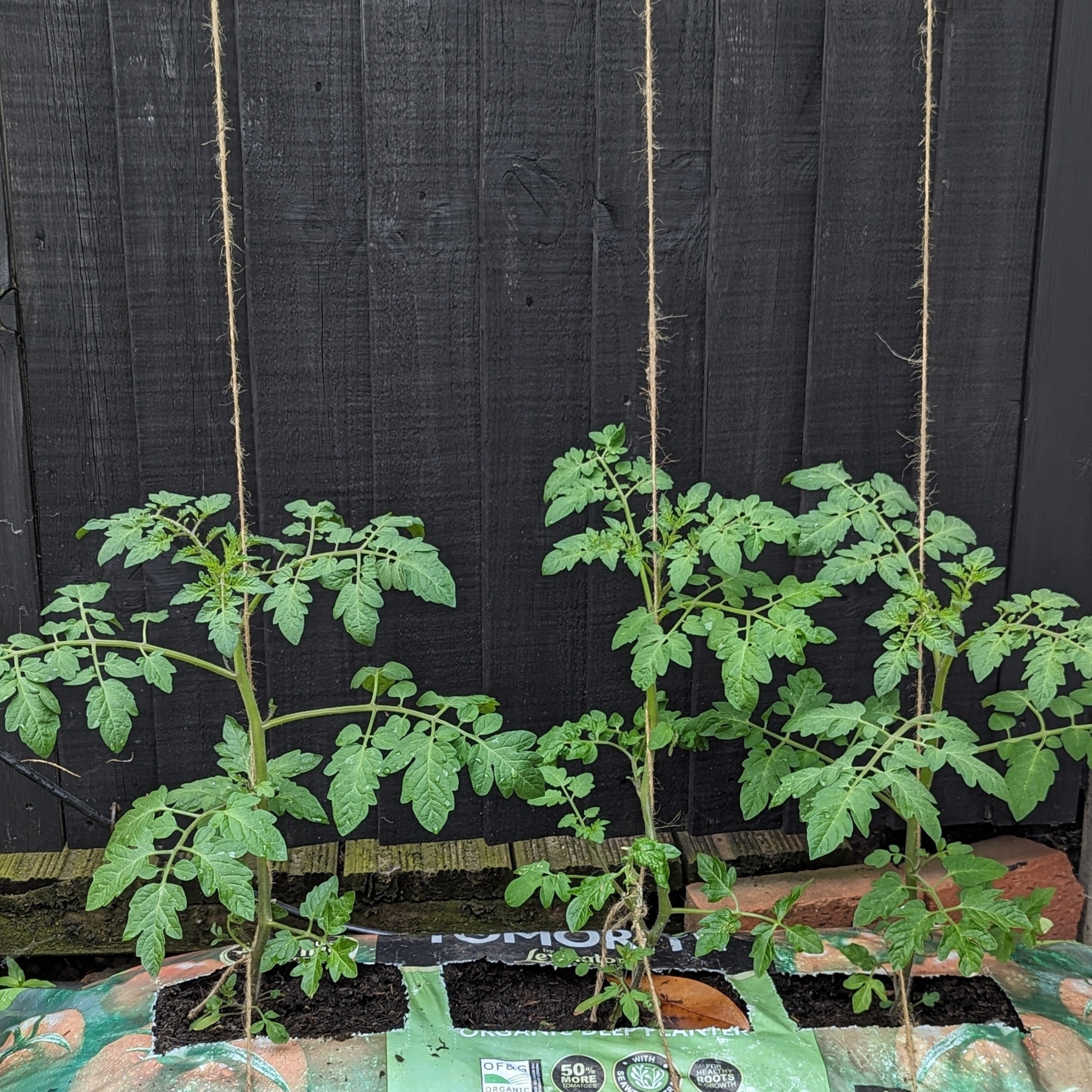
Growing tomatoes this year? My preferred tomato training technique is to fix a vine eye to the top of a fence, then plant the tomato with one end of a long piece of string under the roots.
I use Nutscene’s Twine Jute String Ball, £15. I then tie the other end of the string to the vine eye and gently weave the stem around the now-taught string, with the plant anchoring the other end in place.
2. Cane structures for climbing vegetables
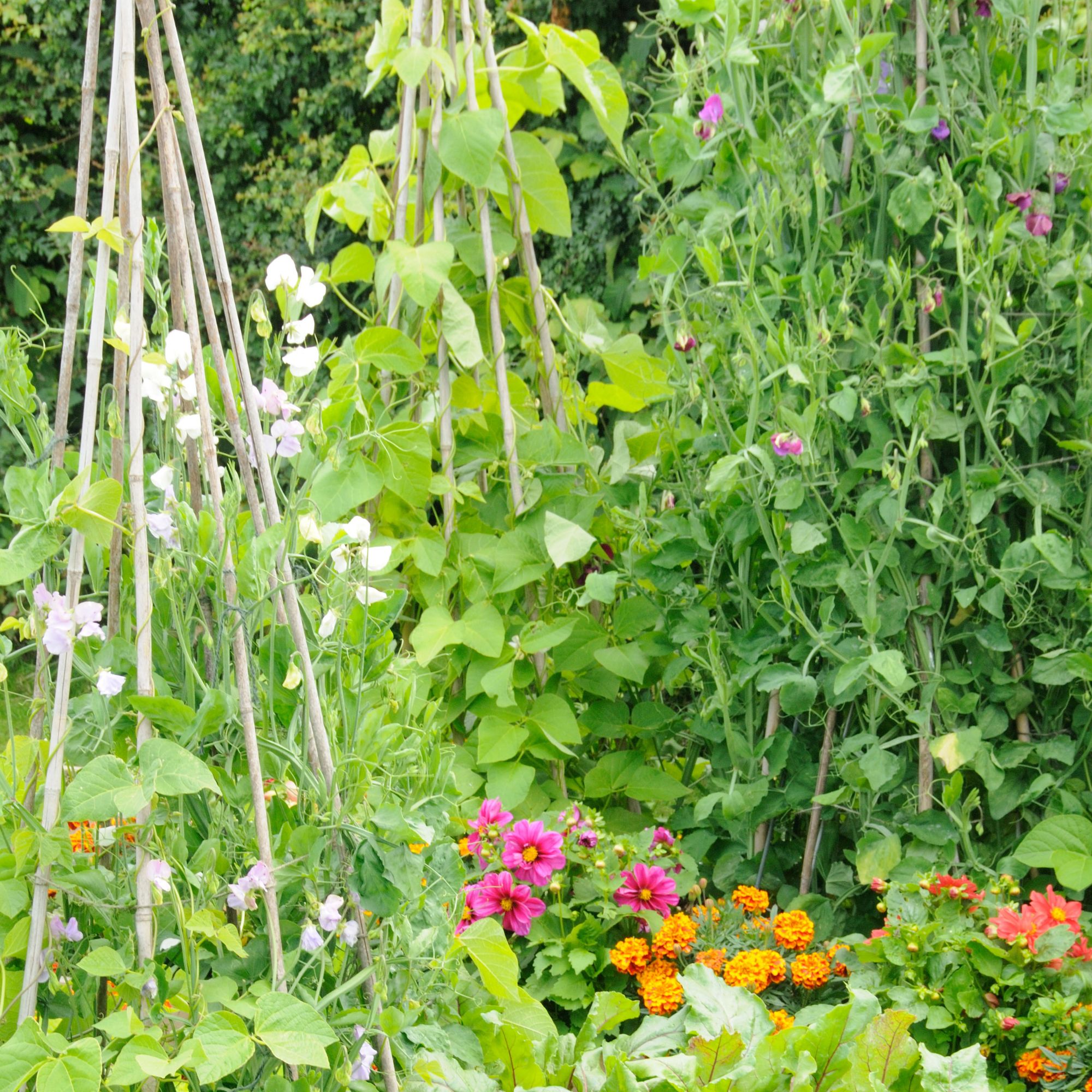
Classic, reliable and mercifully cheap, bamboo canes (like these Heavy Duty Bamboo Canes, £29.99 from Elixir at Amazon) are a staple for training climbing veg like beans and peas. Teepees and wigwams are your best bet, and be sure to push them securely into the ground and tie them tightly with jute twine at the tops, as you’d be surprised by how heavy the harvest will be!
Read our guide on how to create a wigwam if you need a helping hand.
3. Arches for squashes and pumpkins
For crops that have seriously weighty fruits, you need to call in the big guns. Arches are an amazing way to grow squashes and pumpkins, as the fruit will hang down for easy harvesting later in the season.
You can, of course, grow them along the ground – but where’s the fun in that? I love the London Eye Plant Frame, £228.99 by Agriframes - a splurge, but built to last.
I’ve learned over the years that investing a little time in plant supports early on saves a whole lot of drama later in the season.
The right support makes everything look that bit more intentional – and means you can enjoy your garden without rushing in with emergency string after a windy night.
Get them in before your plants need them, and they’ll quietly get on with the job of holding everything together.
Natalie Osborn began her career in interiors journalism 15 years ago and went on to manage a portfolio of magazines, including the UK's leading kitchen garden magazine, Grow Your Own. Her two allotments (because one is never enough) are home to fruit, vegetables and heaps of cut flowers, ranging from delicious loganberries and burgundy red sunflowers to sweet yellow ball-shaped courgettes (better for dodging gluts) and a veritable farm of dahlias of every shape and size.
